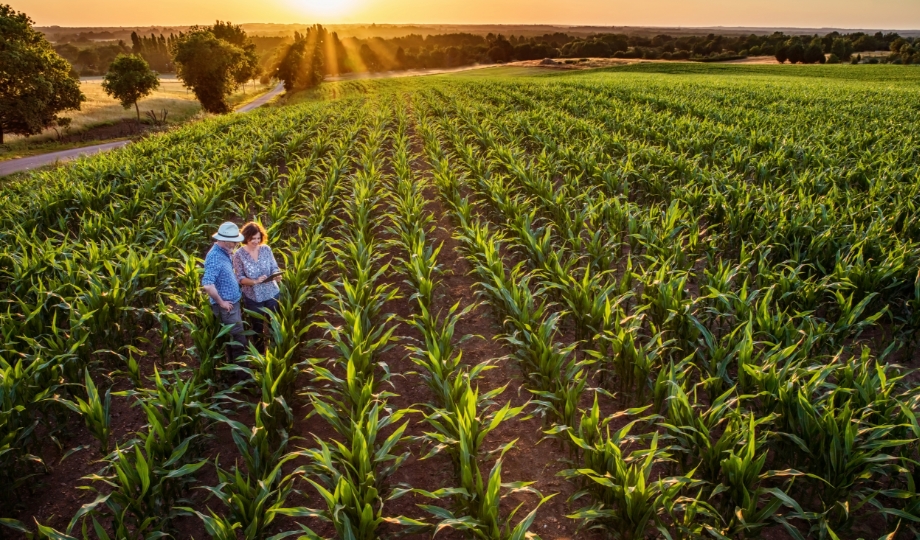Understanding herbicides requires understanding the importance of weed control.
Weed control has been a necessary part of agriculture for a long time, even prior
to the development of herbicides. When you grow crops, you might also find some
unwanted plants called weeds growing alongside. The presence of these unwanted
plants can negatively impact the growth and yield of your desired crops, since
they consume the same resources like water, nutrients, sunlight and harbour
insects and fungi.
Before herbicides gained widespread popularity, some of the
methods used to control weeds included hand weeding, cover crops, modifying the
soil pH, fertility levels, or salinity. Sea salt, industrial by-products,
and oils were used for chemical weed control. However, it was not until breakthrough
research was conducted during World War II that herbicides for modern application were
developed that could kill a wide range of weeds without affecting the crops. Today,
it can be said that herbicides form the foundation of modern weed management and
control for commercial applications in different industries, including agriculture.
For agriculture, herbicides have been a boon and their widespread use was quickly adopted
by farmers as herbicides proved to be a much more efficient form of weed control.


